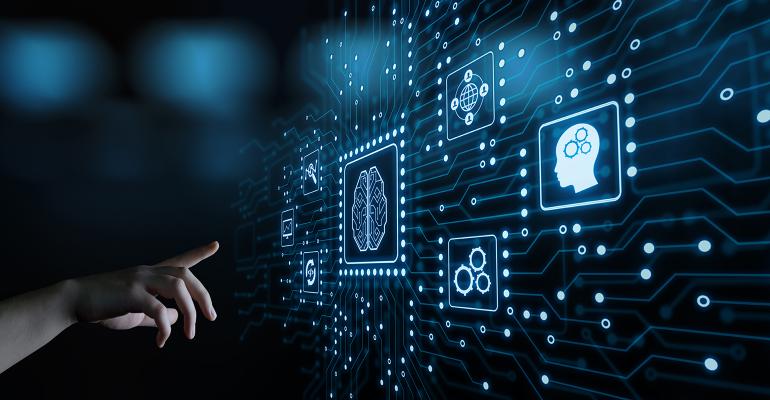Machine learning can drastically improve clinical microbiology, from the quality to the efficiency of testing. Both a challenge and opportunity for this field is that more information is being created today than ever before. “This gives us the opportunity to try to use new tools to make sense of that information,” said Dr Daniel D. Rhoads, section head of microbiology at the Robert J. Tomsich Pathology & Laboratory Medicine Institute, Cleveland Clinic. By ‘information, Dr Roads means sequencing data sets or digital images that are starting to be used routinely as part of the standard of care process and microbiology.
So where does machine learning fit in here? And how can machine learning help overcome these challenges?
Machine learning is one of the best applications or when it's often most successful, is for trying to detect rare events and classify them in images. “We do a lot of that in microbiology. We look at hundreds of petri dishes every day, and when it comes to bacterial vaginosis detection, for example, the samples can look very similar. There are important differences that machine learning can detect in a fraction of the time,” Dr Rhoads explained. It's a big opportunity to buy these emerging technologies in very useful ways.
While Dr Rhoads is based in Cleveland, he noted how Salt Lake City routinely uses machine learning as part of their own parasite exams. “There's a company called MetaSystems that uses algorithms to interpret microscopic images that can be applied to microbiology. There are also a number of companies that are developing algorithms to help classify images and Petri plates from cultures. A few years ago, this was mostly theoretical, but it's starting to be realised now, which actually makes talking about that a lot more fun.”

Dr Daniel D. Rhoads
COVID 19 impacted all of medicine, but one thing it did in a positive sense was in pushing the lab into the limelight. “There wouldn't be a story in the New York Times front page on lab or diagnostic testing typically, but that was pretty routine throughout 2020. So It gave us an opportunity to speak up about what we do and, and how we do it and to demonstrate that there is the expertise behind the swab. It's not magic, there's nuance, and there are challenges. Most importantly, there are people involved. And I think that's been good for the profession as a whole.”


